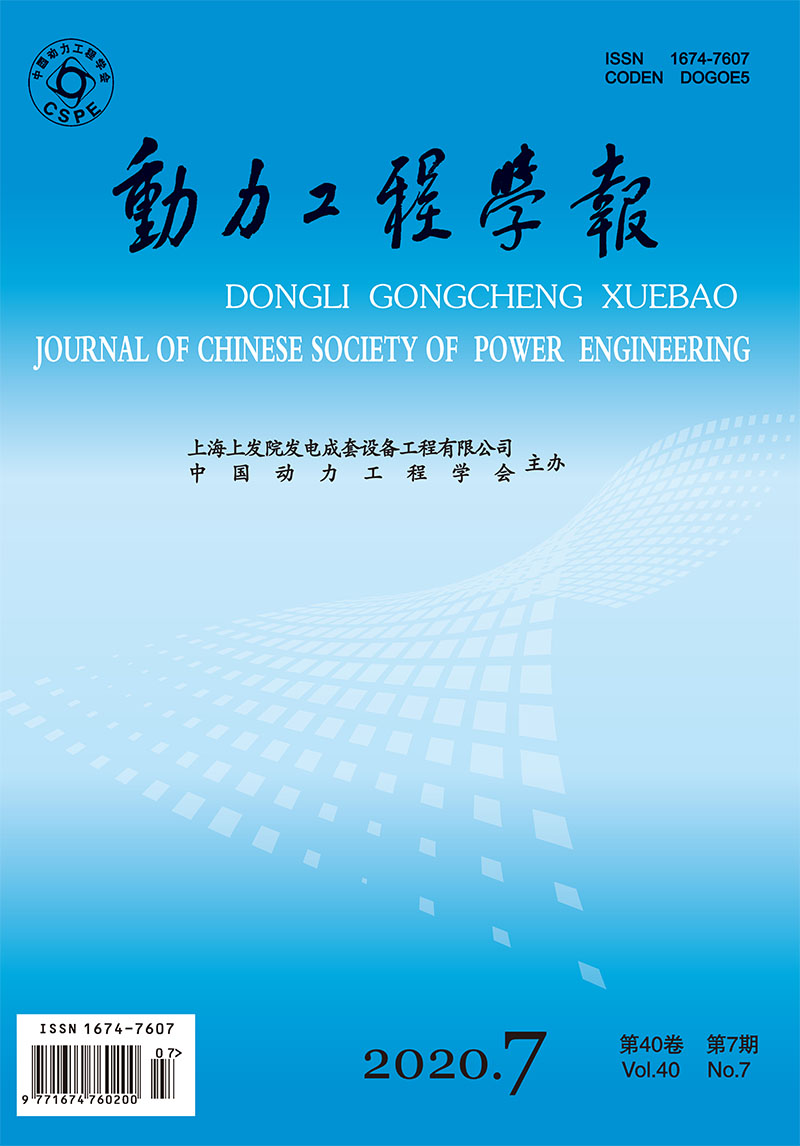Nuclear Technology
YE Daoxing, LAI Xide, WEN Haigang, SHENG Xiaoyu, ZUO Lingyu
To analyze the performance variation of a nuclear reactor coolant pump during idling period, a mathematical model was established based on the relationship of flowrate and speed with idling time, following which, numerical calculation and dimensionless analysis were conducted to study the performance of the pump impeller. Results show that the flow rate reduces rapidly along with the time, which drops to 6.5% at 220 s. For the chord length of 0.1, the difference of pressure ratio between pressure surface and suction surface of blade reduces with idling time, while the pressure ratio increases with idling time at the inlet of blade, which drops suddenly at the outlet near pressure surface. For the chord length of 0.5, at the outlet of blade, both the pressure ratio and speed ratio oscillates twice. For the chord length of 0.9, the pressure ratio and speed ratio both oscillate once, when the difference of pressure ratio and speed ratio between pressure surface and suction reduces with idling time. The pressure ratio and speed ratio change periodically in circumferential direction. As the idling time rises, the pressure ratio increases while the speed ratio decreases with both reducing amplitude.
